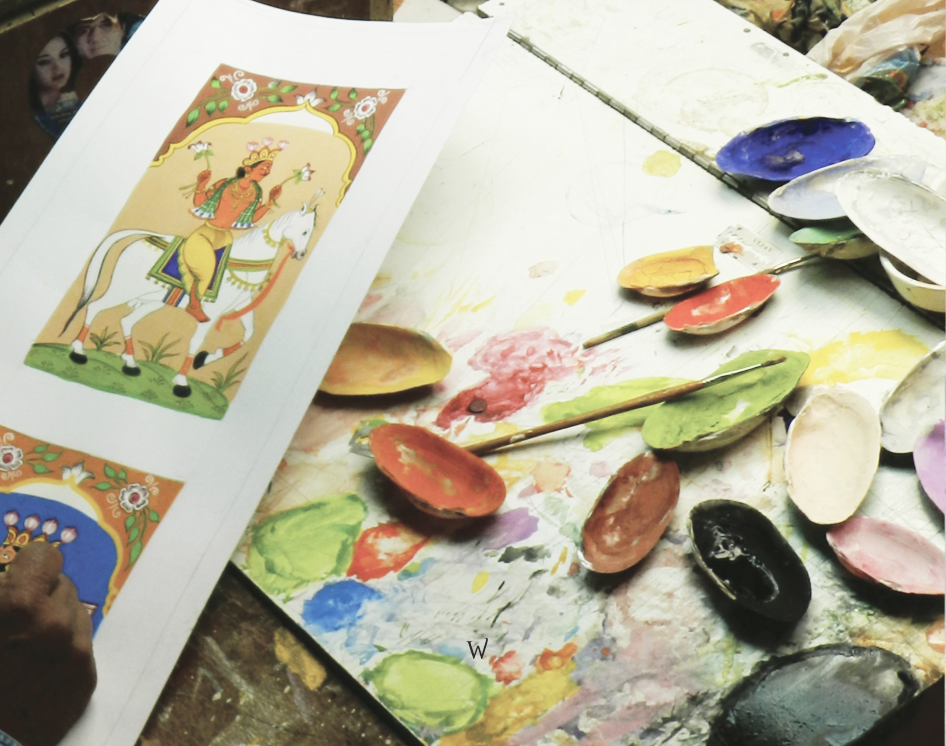The Mughal Empire, which flourished in the Indian subcontinent from the 16th to the 19th centuries, left an indelible mark on history through its rich cultural heritage. One of the most exquisite and celebrated art forms to emerge from this era is Mughal miniature painting. These intricate artworks, created on a small scale with meticulous attention to detail, capture the essence of Mughal life, royalty, nature, and religious themes. In this blog, we will delve into the fascinating world of Mughal miniature paintings, exploring their origins, techniques, and enduring legacy.
Origins and Influences:
The origins of Mughal miniature painting can be traced back to the reign of Emperor Akbar the Great (1556-1605). Akbar, a patron of the arts and a visionary ruler, encouraged the fusion of Persian, Indian, and European artistic styles, resulting in the birth of a unique artistic tradition. The art of miniature painting was initially influenced by Persian and Central Asian artistic techniques, which the Mughals embraced and refined.
Themes and Subjects:
Mughal miniature paintings encompass a wide range of themes and subjects. Portraits of Mughal emperors, court scenes, royal hunting expeditions, and romantic tales from literature were commonly depicted. The paintings also celebrated the splendor of Mughal architecture, the beauty of nature, and showcased the rich tapestry of daily life during the Mughal era. Additionally, religious and mythological narratives from Hindu and Islamic traditions were often featured, demonstrating the Mughals' deep appreciation for cultural diversity.
Techniques and Materials:
Mughal miniature paintings are characterized by their intricate detailing and vibrant color palette. Artists employed a variety of techniques to achieve these stunning effects. The paintings were executed on specially prepared paper or on miniature ivory or wooden panels. The artists used fine brushes made from squirrel hair and pigments derived from minerals, plants, and even precious stones. Gold and silver were often employed to add a touch of opulence to the artworks.
The artists paid great attention to capturing the human form and natural elements realistically. The technique of "perspective-less" painting, where figures and objects were depicted from multiple viewpoints, was commonly employed to create a sense of depth and dynamism within the confined space of the miniature.
Legacy and Influence:
Mughal miniature paintings reached their zenith during the reign of Emperor Jahangir (1605-1627) and his son, Shah Jahan (1628-1658), who commissioned some of the most remarkable artworks of the era. However, the decline of the Mughal Empire in the 18th century led to a waning of patronage, and the art form gradually lost its popularity.
Nevertheless, Mughal miniature paintings left an indelible impact on the artistic landscape of the Indian subcontinent. Their influence can be seen in subsequent schools of miniature painting, such as the Rajput and Pahari schools, which developed in different regions of India. Mughal miniature paintings also served as a source of inspiration for European artists, with their intricate details and vibrant colors influencing the development of the European miniature tradition.




Comments
Post a Comment